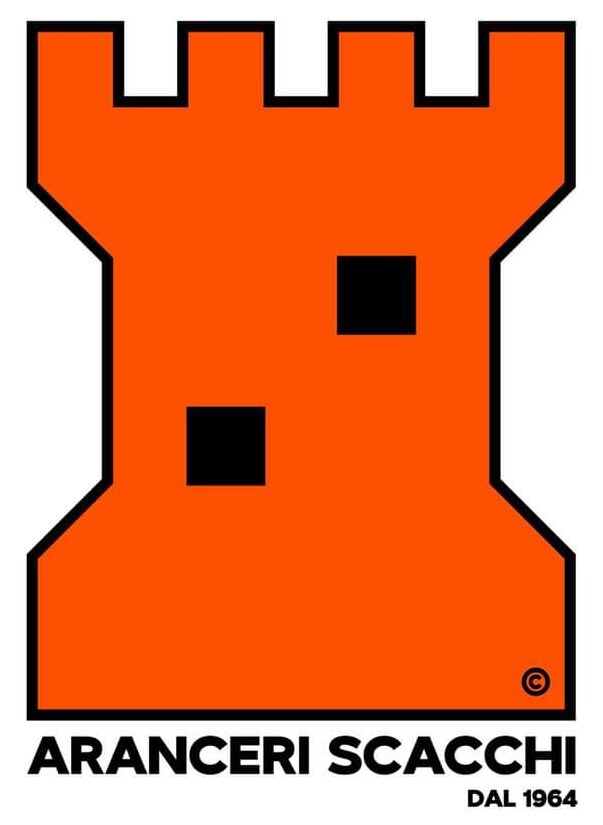Carnevale di Ivrea, a historical representation two hundred years old… During the days of Carnevale, the people of Ivrea take control of the city, gathering around the main characters of the event, the Mugnaia and the General, and their entourage, giving life to that beautiful spectacle which is the BATTLE OF THE ORANGES. One characteristic of this carnival is that it takes place over a very long period: from Epiphany to Ash Wednesday.
The story of this festival dates back to 1800 when the various districts of Ivrea celebrated Carnival separately in their own neighborhoods. At that time, the Napoleonic government, which Ivrea had come under, mandated the unification of the different carnivals. A citizen of Ivrea was allowed to dress as the General of the Napoleonic army and surround himself with Aides-de-Camp and Staff Officers.
This obligation for everyone to wear the “phrygian cap”, a symbol of the French Revolution, also dates back to this era. But the spirit of freedom of the people of Ivrea has its origins already in 1194.
The story goes that, according to the customs of the time, the tyrant, Count Ranieri di Biandrate, demanded to exercise the “ius primae noctis,” the right to spend the first night of marriage with the brides. This fate also befell Violetta, the daughter of a miller, who managed to rebel against the tyrant’s demands by beheading him with a dagger hidden under her wedding gown and then displaying it to the gathered people of Ivrea beneath the walls of Castellazzo. The Miller’s Daughter thus unleashed a popular revolt that led to the destruction of Castellazzo.
ORANGE BATTLE
The tradition of throwing oranges has its roots in the mid-nineteenth century. Even before, more precisely in the Middle Ages, beans were the protagonists of the battle. It is told that twice a year, the feudal lord would donate a pot of beans to poor families, and in contempt, these families would throw the beans in the streets.
Beans were then used, during the carnival season, as playful projectiles to throw at unsuspecting opponents. A significant historical gap prevents us from understanding how the transition from beans to throwing oranges took place.
The battle initially took place among people on balconies and passersby, using flowers, confetti, and oranges, imitating the grand Carnivals of the French Riviera, from which the first citrus fruits originated. Established as a tradition, the battle soon took on the character of a real confrontation, descending from balconies to the streets.
But it’s only after the Second World War that it took on its current form: today, the clash occurs in the squares of the historic center, with the crews of the floats (symbolizing the tyrant’s guards) facing off against the teams of foot orange-throwers (the rebellious commoners), consisting of hundreds of shooters. This is undoubtedly the most spectacular moment of the struggle for freedom represented in the Carnival of Ivrea.
The Battle of Oranges is also the moment of the highest collective participation: everyone can indeed take part by joining one of the long-established teams. There are nine of them, namely: Picche, Tuchini, Scacchi, Morte, Arduini, Pantera Nera, Diavoli, Mercenari e Credendari.
CARNIVAL SCHEDULE
EPIPHANY MORNING = Fifes and Drums announce through the streets and squares of Ivrea the beginning of Carnival and call everyone together to present the new General. Then, the procession heads to the chapel of the Three Wise Men on Mount Stella.
TWO SUCCESIVE SUNDAYS PRECEDING FAT THURSDAY = the ‘rise of the Abbàs’ takes place, where the little priors of the city districts are presented to the population from the balconies in their respective neighborhoods…
FAT THURSDAY = In the honor hall of the Civic Palace, the Mayor hands over the tricolor sash to the General, who assumes full powers. The Proclamation is then read from the balcony. The day will conclude, after the visit to the Bishop, with the eagerly awaited masked party in Piazza Ottinetti and Piazza di Città.
FAT SATURDAY = At nine in the evening, a massive crowd participates in the appearance of the Mugnaia, who is finally introduced by the Deputy Grand Chancellor from the balcony of the Civic Palace, marking the beginning of Carnival. The procession of historical characters and orange throwers, amidst fireworks and torches, parades through the streets of Ivrea, heading to open the neighborhood festivities.
SUNDAY = Distribution of the ‘fagioli grassi’ (fat beans) during the bean feast of Castellazzo. On the old bridge, the Podestà carries out the historic event of the ‘Preda in Dora’; the Podestà defiantly throws a stone from Castellazzo into the river as a warning to tyrants of all times. In the afternoon, the much-anticipated ‘Battle of Oranges’ begins. Spectators must wear the ‘berretto frigio’ (Phrygian cap).
MONDAY = In the squares of the historic center, the last brides of the districts plant the ‘I pic a l’uso antich’ (pine twigs) symbolically starting the pit in which the ‘scarli’ are driven in. In the afternoon, the battle of oranges resumes, and then the Mugnaia and the General walk to greet the orange throwers in various squares.
TUESDAY = In the afternoon, a new parade of the carnival procession with the final battle of oranges. In the late afternoon, the award ceremony for the orange throwers and those on the float who distinguished themselves during the battles. In the evening, the Abbà bring lanterns and torches for the burning of the ‘Scarli’: it is a magical spectacle that precedes the funeral march of Carnival, where the General and the Chief of Staff drag their swords on the pavement. The carnival officially ends with a late-night dinner.
WEDNESDAY = Once back in civilian clothes, the Mugnaia, General, and the procession head to Borghetto for the distribution of ‘polenta and merluzzo’ (polenta and cod), symbolizing the end of the festivities.
The carnival ends with the famous phrase ‘Arvedse a giobia a’n bòt,’ which roughly translates to ‘See you on fat Thursday’ in Piedmontese dialect.
